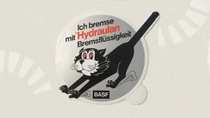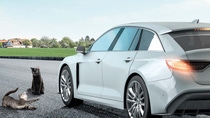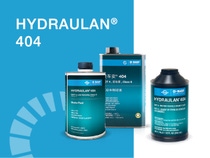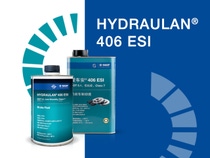Stay prepared
for the unexpected!
In the service of safety
BASF has a longstanding history of setting and shaping the benchmarks of premium vehicle safety. Already back in 1952, BASF patented its first premium brake fluid under the brand name HYDRAULAN® for automotive applications.
Later, it was also BASF that introduced the first tailor-made brake fluid suitable for vehicles with electro-hydraulic brake systems which even today meets and exceeds the most demanding industry standards.






